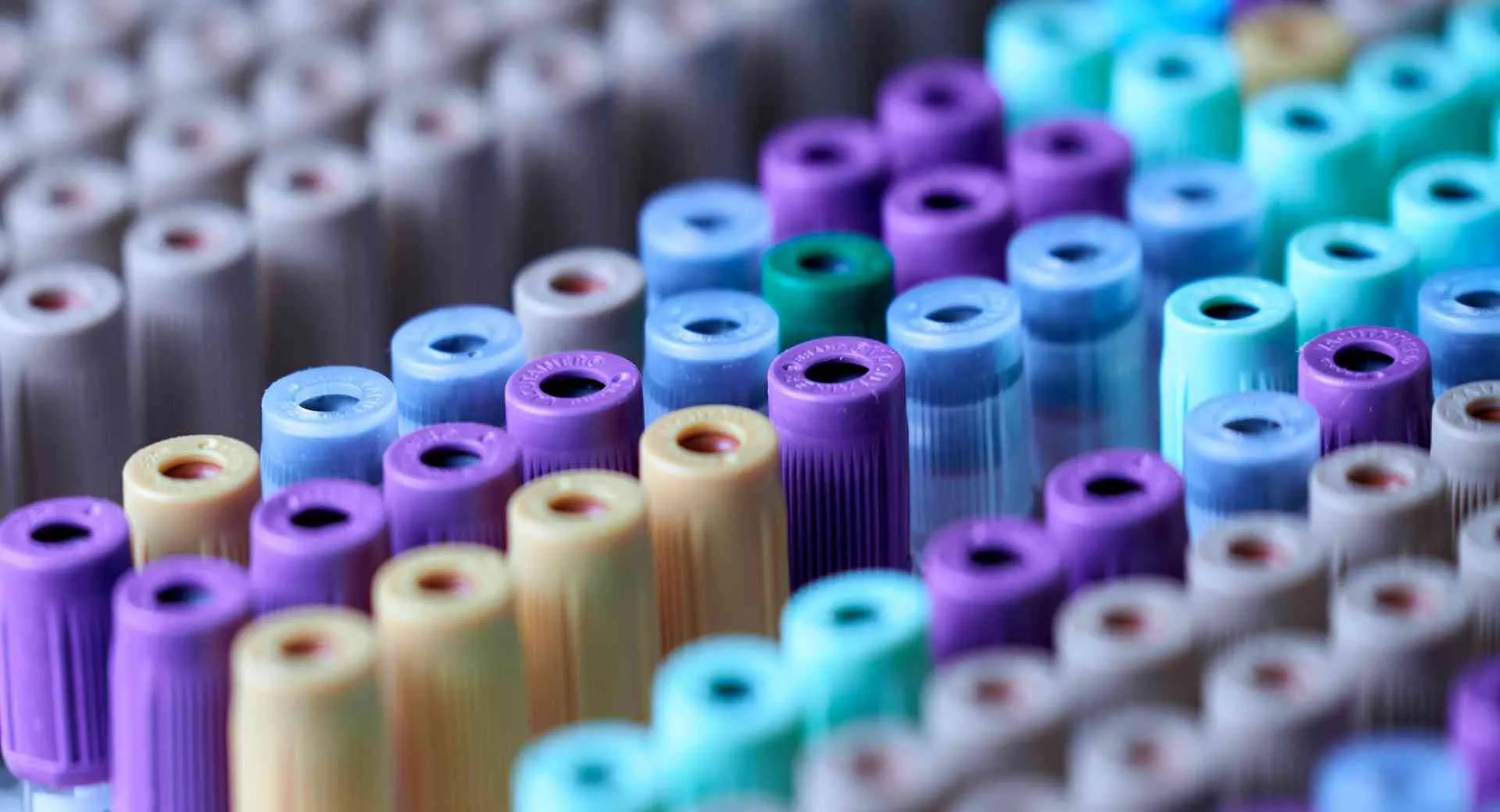Description
4-Arm PEG-Acrylate is a multi-armed PEG derivative with acrylate groups at each terminal of the four arms connected to one pentaerythritol core. The 4arm-PEG acrylate can be used for radical initiator or UV light induced polymerization to synthesize PEG hydrogel. 4-Arm PEG-methacrylate is provided through our custom synthesis service. 4-Methoxyphenol or MeHQ at ~ 200 ppm is added as inhibitors.
Properties
Molecular weight: 4-Arm PEG MW refers to the MW of the entire PEG molecule. The MW of each arm is 1/4 of the MW indicated in the product name. MW of PEG was measured by MALDI-MS or GPC. PDI (polydispersity index) of our 4-Arm PEG is 1.02-1.05 with very narrow MW distribution. The number of repeating ethylene oxide units (CH2CH2O) or the degree of polymerization is calculated dividing the PEG MW by 44 (44 is the molecular mass of one repeating unit).
Solubility: Soluble in water and aqueous buffer, chloroform, methylene chloride, DMF, DMSO, and less soluble in alcohol, toluene. Not soluble in ether.
Density: PEG density is approximately 1.125 g/mL.
Physical form: PEG products generally appear as white or off-white powder, and for very low MW 4-Arm PEG such as MW 2k, it may appear as wax-like, semi-solid material due to the low MW and the type of functional groups.
Storage condition: PEG product shall be stored in the original form as received in a freezer at -20C or lower for long term storage. Stock solution of PEG reagents that do not contain oxygen or moisture sensitive functional groups may be temporarily stored in a refrigerator or ambient temperature for multiple days. Stock solution should avoid repeated freeze-and-thaw cycles. See Documents section for detailed storage and handling conditions.
References
1. Exploration of Dynamic Elastic Modulus Changes on Glioblastoma Cell Populations with Aberrant EGFR Expression as a Potential Therapeutic Intervention Using a Tunable Hyaluronic Acid Hydrogel Platform, Gels 2017, 3(3), 28; Text.
2. Hydrogel network design using multifunctional macromers to coordinate tissue maturation in ovarian follicle culture, Biomaterials, Issue 10, 2011, 2524-2531, Text.
3. Short laminin peptide for improved neural stem cell growth.” Stem cells translational medicine 3.5 (2014): 662, Text.
4. Effects of substrate stiffness on adipogenic and osteogenic differentiation of human mesenchymal stem cells. Materials Science and Engineering: C 40 (2014): 316-323. Text.
5. A hydrogel bioink toolkit for mimicking native tissue biochemical and mechanical properties in bioprinted tissue constructs. Acta Biomaterialia (2015). Text.
6. Poly(HDDA)-Based Polymers for Microfabrication and Mechanobiology, MRS Advances, 2017, 2, 24, 1315-1321. Text.
7. Engineering complex tissue-like microgel arrays for evaluating stem cell differentiation, Scientific Reports 6, 30445 (2016), Text.
8. Stiffness of Hyaluronic Acid Gels Containing Liver Extracellular Matrix Supports Human Hepatocyte Function and Alters Cell Morphology. J Mech Behav Biomed Mater. 2015 Mar;55:87-103. Text.
9. A role for mast cells in geographic atrophy, The FASEB Journal. 2020;00:1-15, Text.
10. Combinations of photoinitiator and UV absorber for cell-based digital light processing (DLP) bioprinting, Biofabrication, 2021, Text.
11. Bio-instructive hydrogel expands the paracrine potency of mesenchymal stem cells, 2021, Biofabrication, 13 045002, Text.
Click here to view an expanded list of hundreds of publications citing Creative PEGWorks products.


